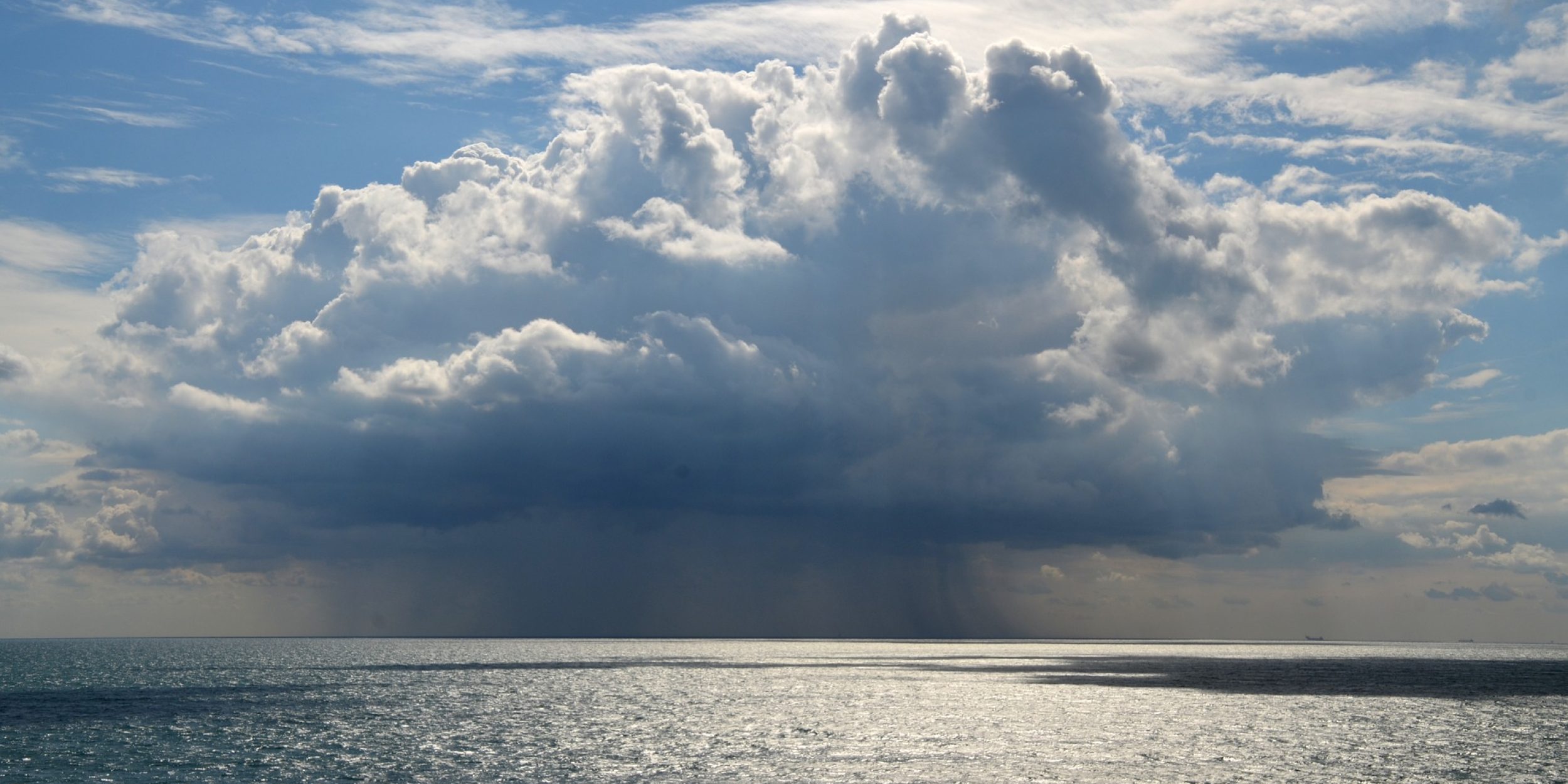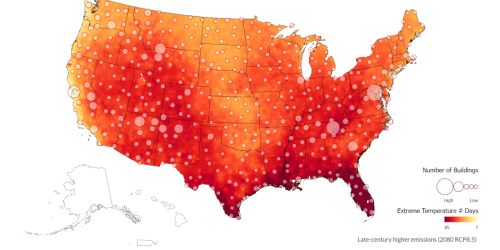Previous research has shown that the Madden-Julian oscillation (MJO)—an eastward moving, disturbance of clouds, rainfall, winds, and pressure that can influence events like tropical cyclones and daily rainfall cycles over land—has a strong seasonality (behaves differently in summer vs. winter) and an interannual variability (more active some years than others). However, it has not been clear if MJO intensity changes significantly over decades and, if it does, what causes that change. Now, a recent study funded in part by CPO’s Climate Variability & Predictability (CVP) program, reveals significant peaks in MJO intensity along 12-20 year periods. The study is published in Atmospheric Science Letters.
The researchers used two century-long reanalysis datasets (one from NOAA and one from the European Centre for Medium-Range Weather Forecasts) to look at differences in MJO intensity between decades. The two datasets captured the amplitude (highs and lows), structure, and evolution characteristics of the MJO and both showed peaks in MJO intensity along 12- to 20-year periods. The authors attributed this distinct cycle to changes in background sea surface temperature, precipitation, and moisture. The study explains in depth the linkages between each, which lead to increased MJO strength. Overall, understanding changes in MJO intensity can help to improve the predictability of Earth’s climate system.










